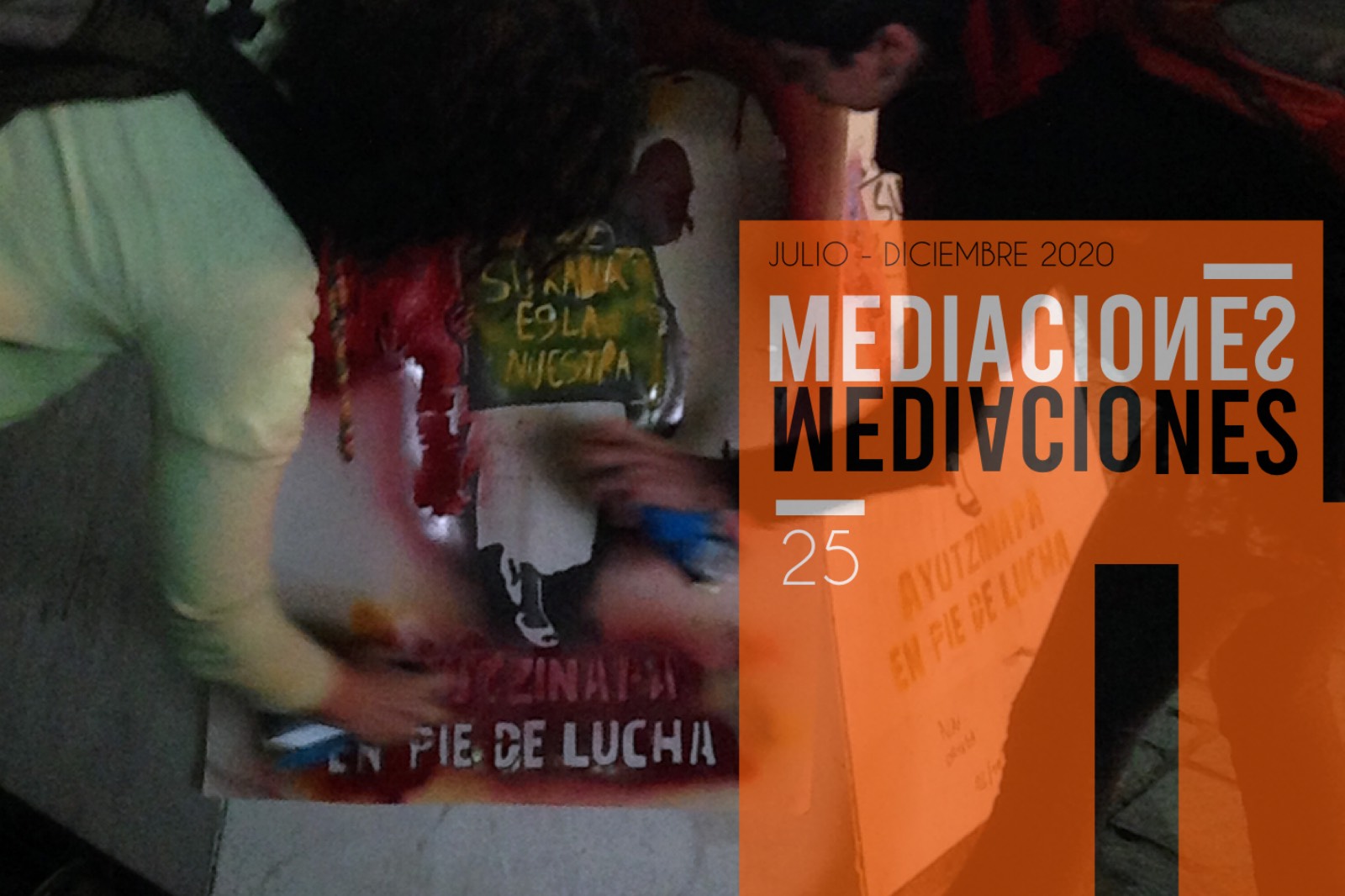Patriarchy, feminism and gender constructions in speculative fiction The Handmaid´s Tale
Main Article Content
Abstract
The present essay aims to give an account of the approaches made in The Handmaid´s tale TV series (Hulu, 2017) in relation to feminism, the patriarchal system and its vision regarding gender constructions. We assume that these approaches are a questioning of the patriarchal system and the series is one of television´s fiction examples in which the connection between art and politics is evident, because, as Ana María Pérez (2013) suggests, “the artistic manifestations are political, since they suppose a disagreement, a confrontation with the sensitive reality partitions. The great power of subversion that these aesthetic experiences possess in general is their capability to amplify the subjects, the objects and the adequate spaces for debate, creating new scenarios for politics” (p. 196). In the present case, we consider this fiction an artistic manifestation that, in addition to offering entertainment options, makes approaches that underline important problems of occidental culture and, due to its massive diffusion possibilities, is a space that enables reflection and debate around current political issues.
References
Atwood, M. (2017). Margaret Atwood on What The Handmaidʼs Taleʼ Means in the Age of Trump. The New York Times. https://nyti.ms/3e97RFA
Facio, A., y Fries, L. (2005). Feminismo, género y patriarcado. Academia: revista sobre enseñanza del derecho de Buenos Aires. 3(6), 259-294. https://bit.ly/3gApIqA
Fontenla, M. (2008). ¿Qué es el patriarcado? Diccionario de Estudios de Género y Feminismos. Mujeres en Red. El Periódico Feminista. https://bit.ly/2H5tVX2
Granados, A. (2016). En la variedad está el gusto. El feminismo, entre la pluralidad y la reafirmación de los compromisos comunes. Revista CS, (18), 85-106. https://bit.ly/3fb-mRnx
Lamas, M. (2000). Diferencias de sexo, género y diferencia sexual. Cuicuilco, 7(18), 1-24.https://bit.ly/2ZOvIW0
Longan, S. (2011). Sobre la definición del arte y otras disquisiciones. Revista Comunicación. 20(1), 75-79. https://bit.ly/2Cjzsqb
Miller, B. (productor). (2017). “The Handmaid ́s Tale” [serie de televisión]. Estados Unidos, HULU.
Miller, B. (productor). (2018). “The Handmaid ́s Tale” [serie de televisión]. Estados Unidos, HULU.
Miller, B. (productor). (2019). “The Handmaid ́s Tale” [serie de televisión]. Estados Unidos, HULU.
Núñez, D. (2017). Feminidades especulativas. Género y política en The Handmaid ́s Tale. Representaciones. Revista de Estudios sobre Representaciones en Arte, Ciencia y Filosofía. 13(2), 85-105. https://bit.ly/3iIrszK
Pérez, A. (2013). Arte y política. Nuevas experiencias estéticas y producción de subjetividades. Comunicación Y Sociedad, (20), 191-210. https://bit.ly/2O3C1zB
Seoane, A. (2017). Margaret Atwood: “Sin la esclavitud Europa sería inviable”. El Cultural. https://bit.ly/2Dl0sq0






